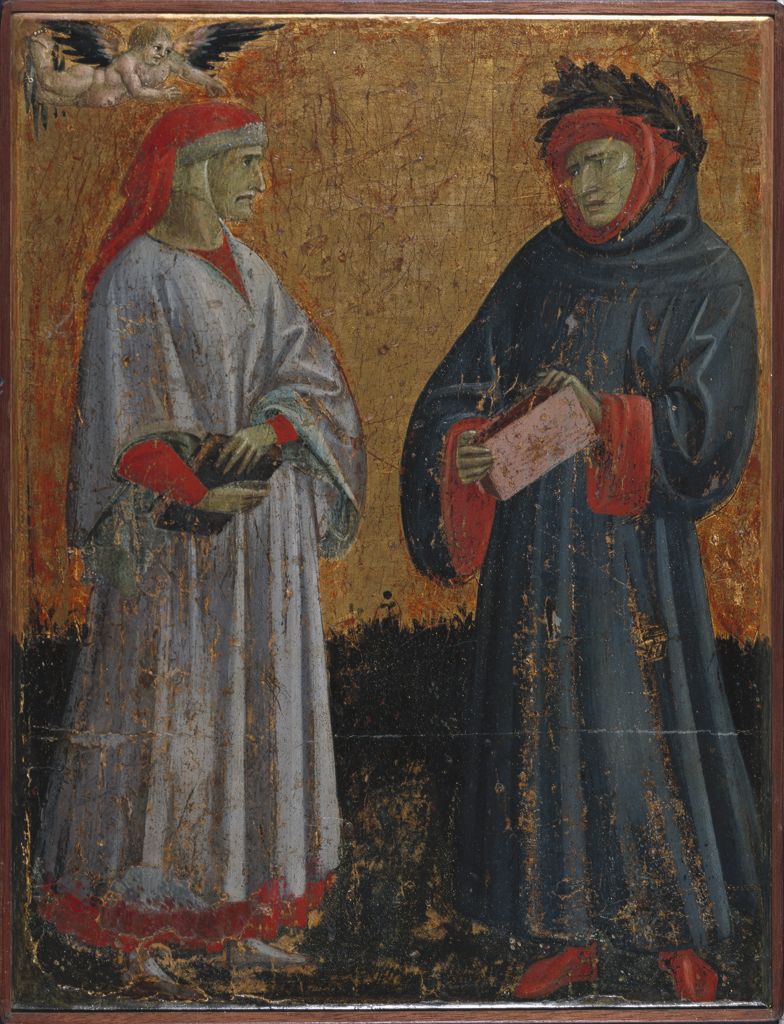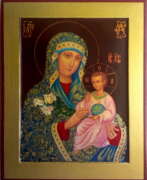Proto-Renaissance

Proto-Renaissance
The Proto-Renaissance, a pivotal period in European art history during the 13th and 14th centuries, marked the transition from medieval to Renaissance art. This era, particularly influential in Italy, is characterized by dramatic changes in cultural and artistic expressions, influenced by medieval traditions, Gothic and Byzantine art, and the onset of humanism.
One of the key developments of the Proto-Renaissance was the evolution of altarpieces, primarily due to changes in the ritual of the Mass, where the priest faced the altar, thus creating a backdrop for large-scale religious imagery. The growing cities and the expanding church institutions, along with wealthy patrons, boosted the demand for such artworks. A notable example is Bonaventura Berlinghieri's Saint Francis Altarpiece, which reflects the Italo-Byzantine style predominant in this period.
Artists of this era began exploring the physical realities of figures in space, moving away from the Italo-Byzantine style. Cimabue and Duccio di Buoninsegna were pivotal in this shift, developing a greater sense of naturalism in their works. Cimabue's "Madonna Enthroned with Angels and Prophets" and Duccio's "Virgin and Child Enthroned with Saints" are examples of this transition, displaying a more realistic treatment of bodies and an early attempt at perspective.
Guilds played a significant role in the Proto-Renaissance, serving as associations of artisans and merchants that regulated artistic production. These guilds, particularly in Florence, provided protection and a shared resource environment for artists. The emergence of notable artists like Giotto di Bondone and Simone Martini from these guilds marked a significant advancement in art styles. Giotto, often referred to as the father of Renaissance art, is known for his frescoes in the Scrovegni Chapel, which demonstrate depth, natural movement, and emotional expression.
The Proto-Renaissance period was marked by a shift towards humanism, with artists striving to convey the beauty and individuality of the human form, even in religious contexts. This shift included a focus on realistic depictions, movement, and emotion, moving away from the flat, sketchy representations of earlier periods. The incorporation of everyday objects in religious scenes and the portrayal of biblical figures with human emotions further exemplified this transition towards a more human-centered art.
For collectors and experts in art and antiques, understanding the Proto-Renaissance is crucial to tracing the evolution of European art and the emergence of Renaissance humanism. If you are interested in further exploring this pivotal era in art history, as well as keeping up to date with related sales and auction events, subscribe to our Proto-Renaissance Art Newsletter. This will provide valuable information and opportunities for those who are fascinated by this significant period in art history.
| Country: | Europe, Italy |
|---|---|
| Start of the period: | XIII century |
| End of the period: | XIV century |

